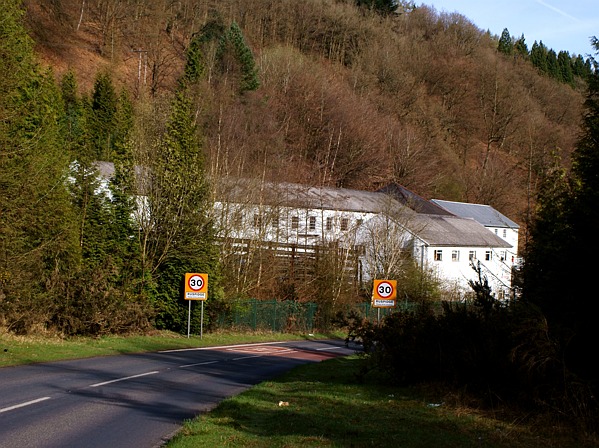Reached depths of up to 1,400 feet, with workings eventually abutting those of Cannop Colliery, about 3 miles away. Walmer’s Shaft, an older feature nearby, was reopened for ventilation and as an escape route. Surface remains include the pithead baths, spoil tips, rail embankments, and sidings.
- 1910-1946 H. Crawshay & Co. Ltd
- 1947-1959 National Coal Board
Opened in 1909 by Henry Crawshay & Co. Ltd. to work the Coleford High Delf seam, which was approximately 4 feet thick. The colliery used three descending inclines, a design unique to the Forest of Dean. Early development faced a major geological challenge: a monocline caused the coal to dip steeply downwards, leading the original drifts to miss the seam entirely. Fortunately, the workings were redirected sideways and followed the seam down to where it levelled out in the coal basin, saving the mine from early abandonment.
Despite this success, large reserves remained unworked due to the uneconomic nature of mining vertically bedded coal. The colliery was closed by the National Coal Board in 1959, leaving millions of tons in situ.
Publications (9)
- Anstis 1999 p 16, 59, 71, 77, 82, 89, 90, 99
- Beech p 24
- Bowen 1991 p 17 – 27
- Mullin p 87
- NMRS; British Mining 43 - Memoirs 1991; pp.141.
- Oldham, Tony (1998); Mines of the Forest of Dean; 86 pages
- Phelps 1984 p 41
- Ranieri, Malcolm (2006); PDMHS (Peak District Mines Historical Society) 16-4 Win - Forest of Dean Coal Mining; 4 pages (43-46)
- Waters p 172






